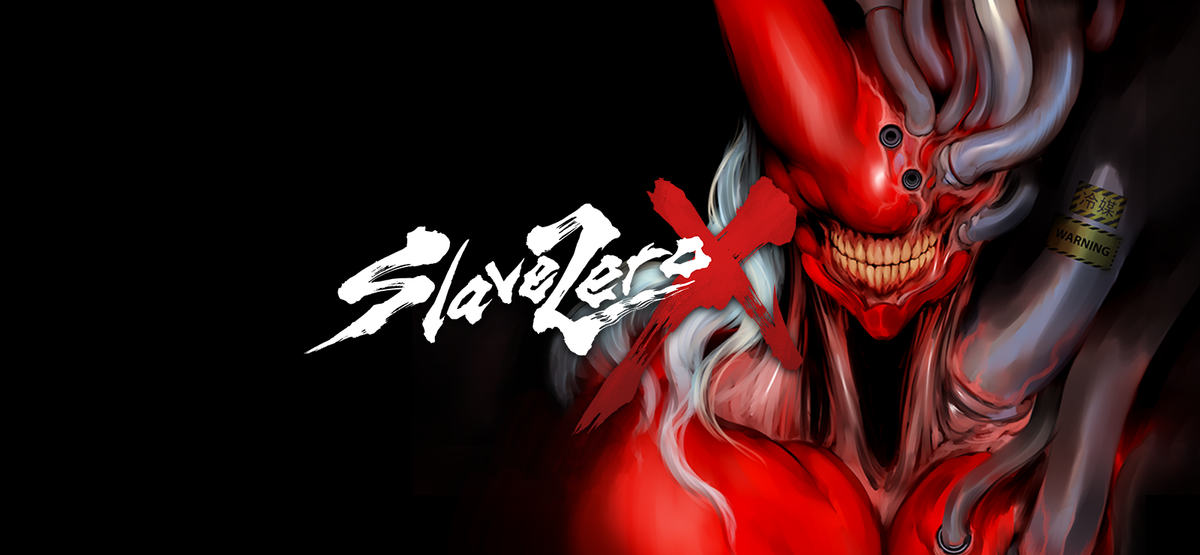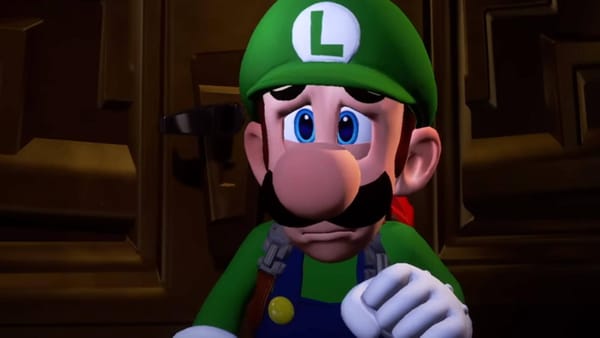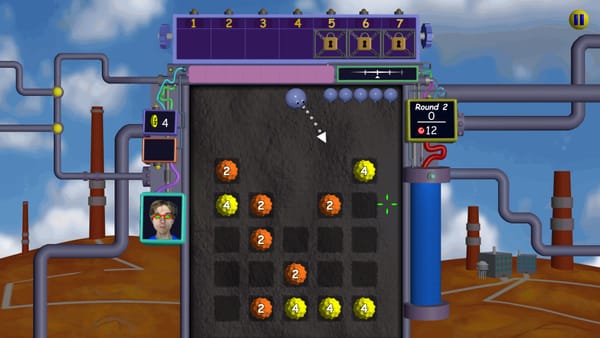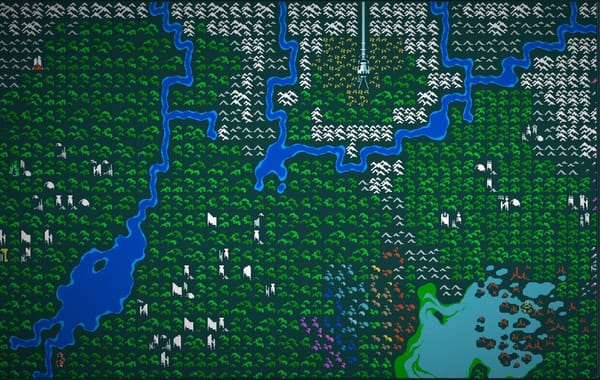Slavic Quake: A How-To On Cultural Representation in Videogames
...or how I learned to stop caring and appreciate Czech culture.
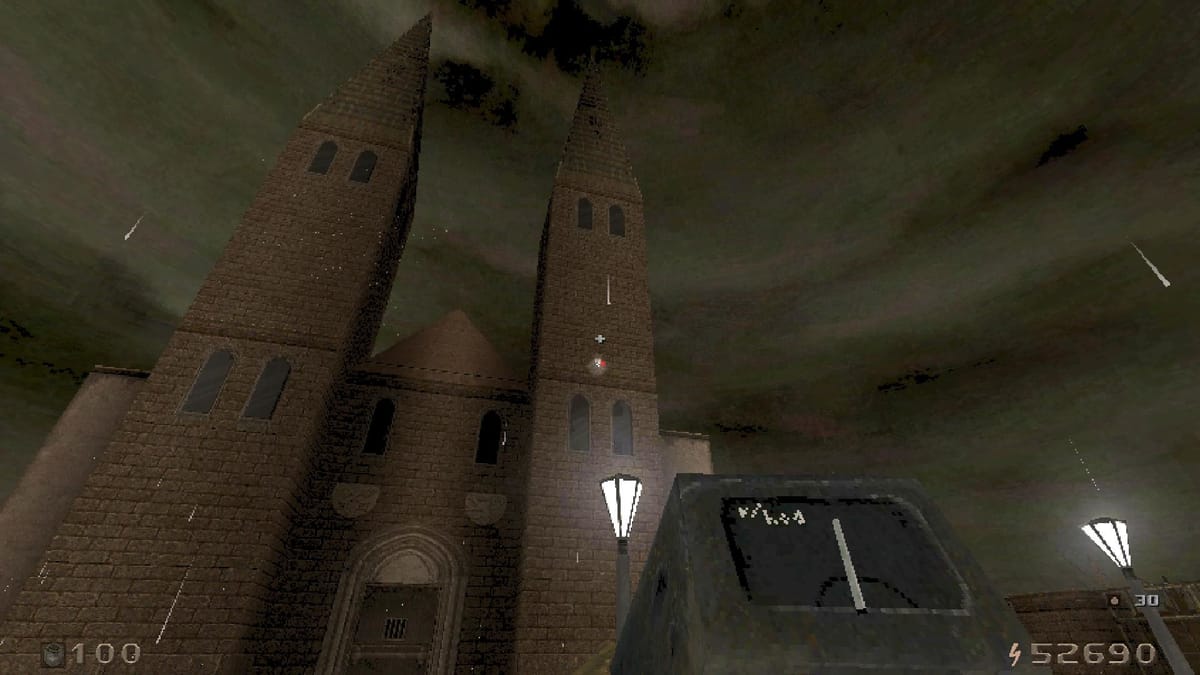
If I were to make a videogame like HROT, it would be set in Caracas. I would replete the levels with Venezuelan oddities. Cri-cri bars and reina pepiada arepas would serve as health pickups. I would construct a maze-like, topsy-turvy level modeled after the Chapellin Barrio. Enemies would be a wide array of military policemen and teenagers with Spongebob t-shirts(1), so I could finally take revenge on the pacos(2) and sifrinos(3) who brutalized and bullied me in my youth. I would even give a caricature of Hugo Chavez a centerpiece as a main boss.
I'm getting ahead of myself - HROT is a boomer-shooter that came out of early access last year in 2023. Its pedigree the fact it's built using a proprietary game engine and the most fun I ever had playing a first-person-shooter with a brown and grey color palette. The main inspiration is David Szymanski's seminal masterpiece Dusk, what with its loop-like level design with weird roundabouts and surreal map connections. Not to mention the purposely outdated graphics style that emulates early 3D aesthetics.
HROT didn't make it to my 2023 roundup despite my affections. There were simply way better, more interesting games released last year. My appreciation for it grew with subsequent replays. HROT is filled to the brim with Czech history, Soviet politics and cultural minutiae. It plays like a journey through someone's twisted memory-nightmare of Prague. It's a detailed lesson on how to represent culture in videogames, with the complexity such a challenge entails.

I want to take you on a tour through the twisted, irradiated world of HROT, where a mysterious disaster has taken hold of 1980's Communist Czechoslovakia, corrupting the local populace. Prague is now a city where deceased Soviet politicians rise again and ancient Hussite kings guard their tombs. I invite you to click on the links throughout this article and read the annotations at the bottom, as the observation and clarification of the cultural objects within will serve as powerful addenda to the conversations at hand.
First and foremost, a disclaimer - I am not an authority on Czech or Soviet culture and history. My claims in this article are substantiated by research and knowledge of culture theory (my main point of academic interest in my college days), but I am open to criticism and corrections, if any should arise.
I say this because the first point I want to discuss is the comedic yet tactful way Spytihnev handles Soviet politics and aesthetics. I feel a certain sense of camaraderie with the Czech developer, as someone with an affinity and, dare I say, admiration for socialism and communism, while critical of the more authoritative and militaristic avenues proponents of such a political path seem to follow. I wouldn't kiss Gustav(4), but I would absolutely smooch a portrait of Chavez, with all the cheekiness such an action implies.
It is with this attitude of holding one's own tongue in their cheek with which HROT humorously represents "Sovietness". It's not just the fact the levels are designed with brutalist architecture or the general air of "Glory to Communism" in the now-catastrophe-ridden Prague – the levity is supported by the appearance of famous Soviet politicians turned bosses, such as Klement Gottwald(5). Hate him or love him: HROT gives you the opportunity to shoot down multiple floating Lenin-heads. Even the idle animation is cheeky – when holding the game's one melee weapon, a hammer is crossed with a sickle, forming a very familiar symbol.
In HROT's developer, I see someone who has complicated, nuanced, and, at times, contrary opinions of communism. The fact that the game is buoyant and comical blurs these lines even more. Health pickups are mysterious canned meats and powdered skim milk reflecting the food products which were gaining popularity amongst the proletariat masses – their grossness and impalatability heightened with flavor text. A few measly gold coins act as "morale"(which serves as this game's version of armor) for the unnamed protagonist, a not-so-subtle jab at Soviet distaste towards wealth and private property.
Yet, there's obviously a lot of love, given the insane amount of work it takes to not only make a game on a self-made engine, but in adding all these careful details. Even when HROT gets historical, it remains attached to this convoluted view of communist Czechoslovakia.
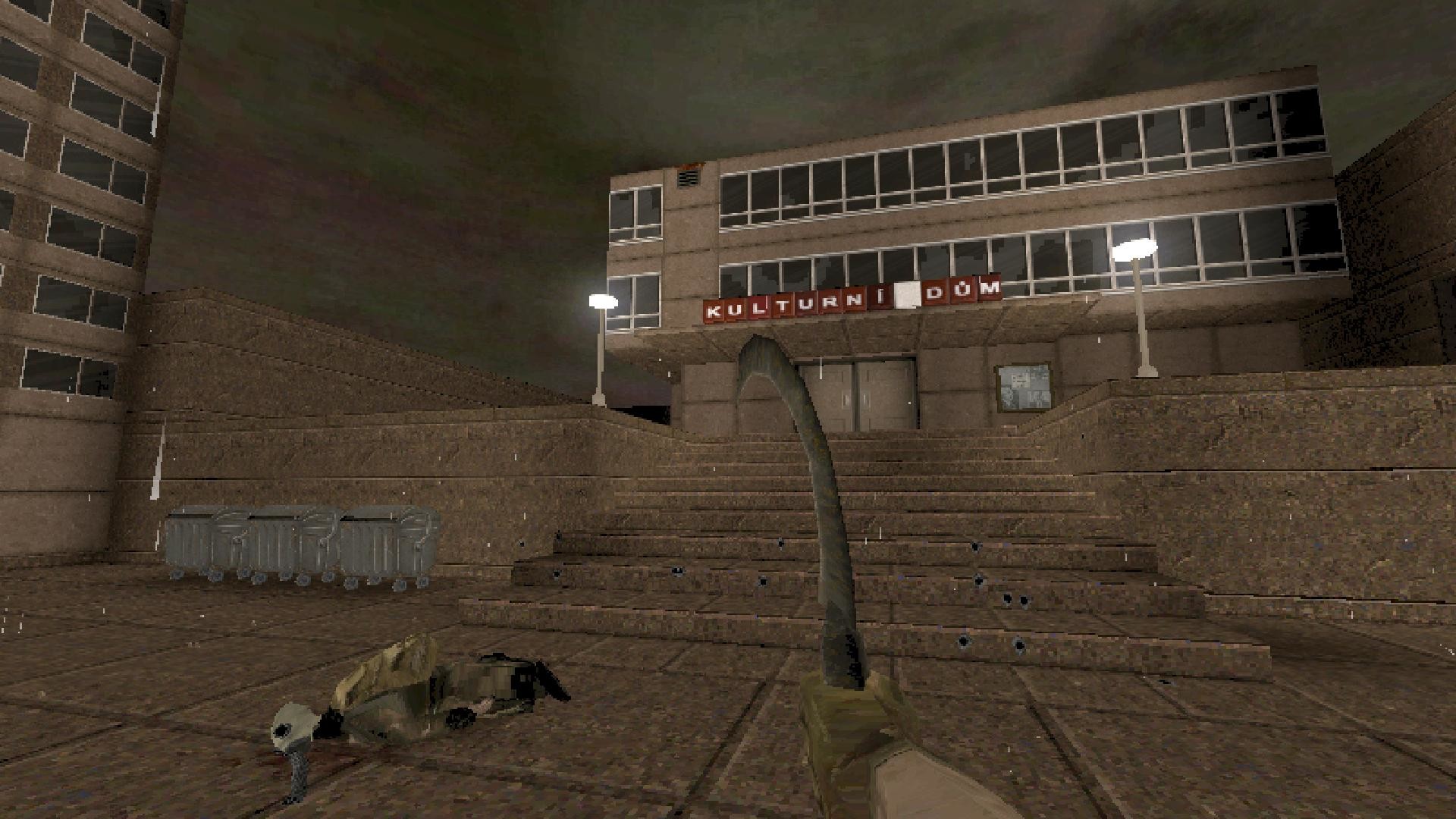
When you get to the second episode, the gas-mask donning, HAZMAT-suit wearing enemies get replaced by hooded, robed figures, who hassle you from their war wagons with arrows and fire. These are the Hussites, members of a 1400's proto-Protestant, proto-Czech, Christian movement of the old Kingdom of Bavaria. They're a legendary group of peasants, who conquered mightier armies with guile, fervor and ingenuity.
To give you a TLDR version of the story:
There was growing resentment from the group, stemming from the execution of Jan Hus (namesake of the reformers) at the hands of the Catholic Church, political sniveling plots and the brutal economic and religious oppression of the peasantry. In 1419, many farmers and artisans had enough of being under the yoke of the royalty. They picked up makeshift arms, fashioned out of farming tools and archaic firearms, and carried on a rebellion that lasted for over a decade – the Hussite Revolution.
So, you might be thinking "What the fuck do these Hussites have to do with the Soviets?". I too pondered on this question, which, in retrospect, was a consequence of my ignorance of Czech history. You see: the Soviets absolutely loved the Hussites.
In the Hussites, the USSR saw an easy way of propagating their ideology, not by rewriting history, mind you, but by showcasing it under a different spotlight. Under a communist lens, they made the perfect idols for a nation to follow. An armed resistance group comprised of lower-class men, men who opposed the prevailing political/religious ideology of Europe. They were proto-Soviet revolutionaries. For the Soviet Czechoslovakians, Hussites are national heroes.
No wonder they have so much prominence in HROT. A Hussite King(6) even makes an appearance as one of the harder boss fights in the game. These are what I would call the "coarse" aspects of culture, that which we already by and large classify as culture. The big things: arts, history, customs, traditions. HROT's shining glory lies not just in its exploration of macroculture – but in how it represents cultural minutiae.
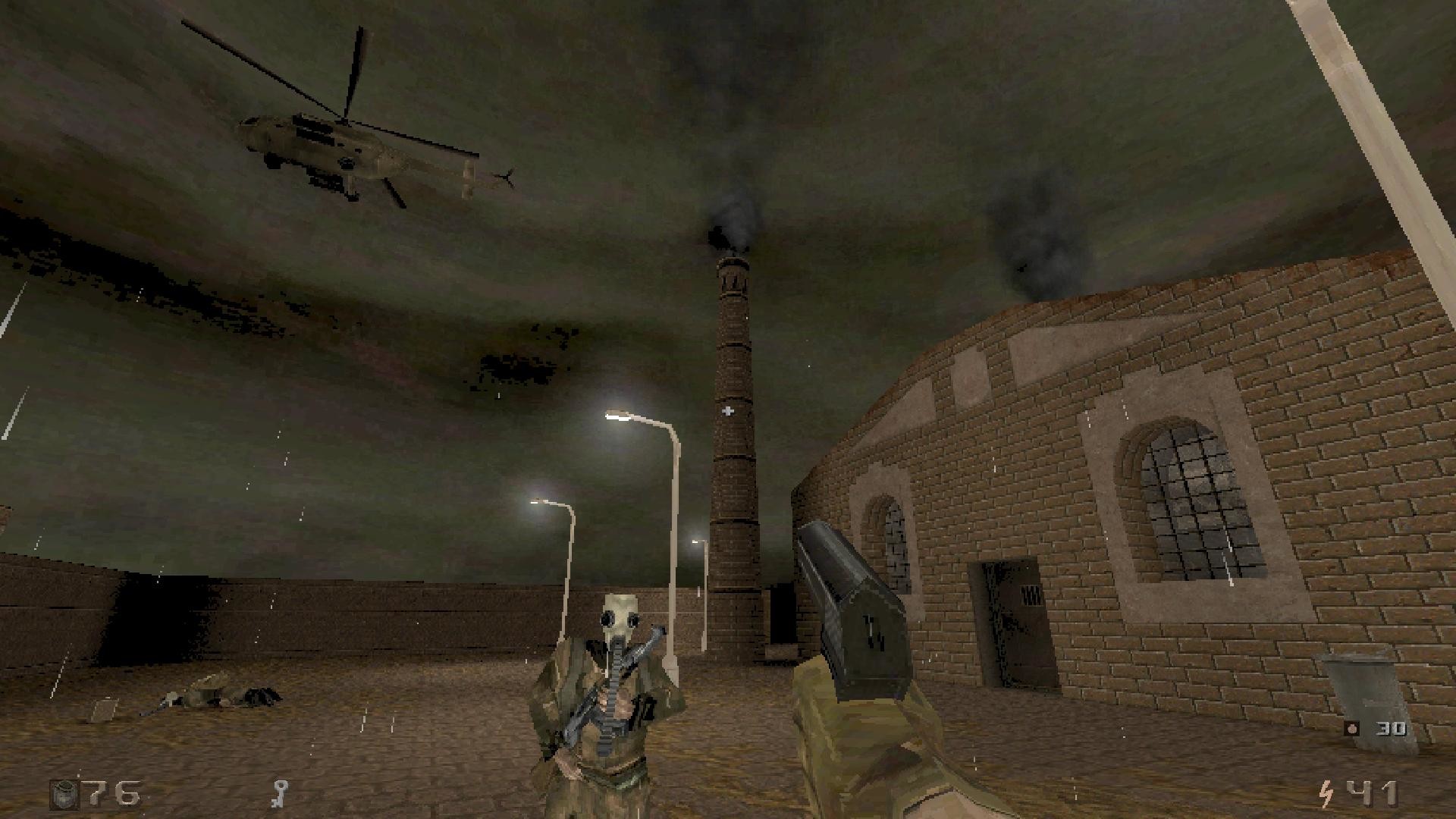
This essay on Czech cultural representation in HROT started because of Pedro. An amorphous pink blob, whose sole purpose is to scurry at the player and nibble at their feet. Imagine my surprise, when I found out Pedro was an actual brand of pink-ish bubble gum (and it even comes with a temporary tattoo!). It is well-loved amongst Czech kids and elders. The brand itself has been a staple of Czech confectioneries for over half a century. This led me down a spiral to uncover the hidden meaning of microculture in HROT.
You can ride like you're in a rodeo on an accurately replicated Taramat 241 washing machine. The throwable (and drinkable, for health replenishment) green bottles of booze are based on a popular brand of cheap wine. The egg-catching minigame you can play is a nod to an existing Czech clone of a Game and Watch console. There's so many details in HROT that spell out the intimate aspects of cultural production of Communist Czechoslovakia. It was not just a wonder, but a pleasure to get lost, absorbed into a culture I knew very little about.
Too many games focus on the Big aspects of culture. In Fantasy RPGs, for example, there's much faffing about as to developing a rich lore for the world, establishing a timeline of historical events, concocting rules for a magic system. HROT succeeds where other games fail, in terms of properly representing culture, because it focuses on the details. It focuses on the daily ephemera and cultural consumption of everyday people. It doesn't take the little things for granted.
HROT teaches us that for a game to have exemplary cultural representation, it is not enough to just fill it to the brim with ephemera. The details must be ascribed with meaning, deep and extractable at different gradients of cultural understanding. Only someone with a stake in said culture, with a nuanced memory, can represent it with the love and criticality that is worthy of our cultural objects.
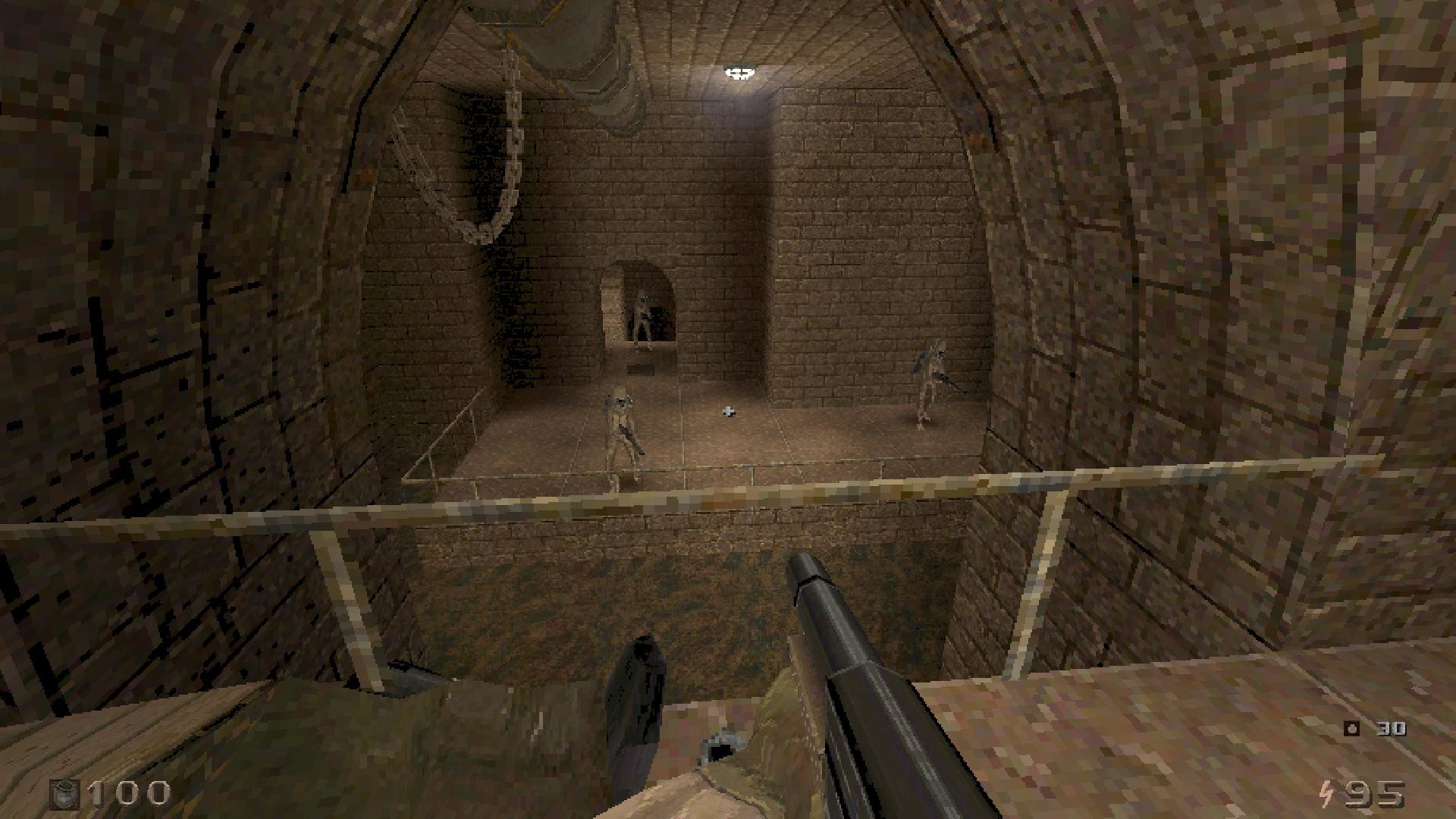
(1) One of the oddest cultural moments in Venezuela was a response to government censorship and socialist criticism of the USA. Teenagers and young adults would buy and don Spongebob t-shirts and Bass Pro Shop hats only available in the States as a sort of fashion statement. It was also a bit of a wealth signifier, as this attire indicated that you were able to travel to the USA and afford the apparel. My sister made a lot of money selling Bass Pro Shop hats in our teens.
(2) Venezuelan slang for the police
(3) Venezuelan slang meaning "snob" or "snobby"
(4) Referring to Gustáv Husák, First Secretary of the Communist Party of Czechoslovakia and President of Czechoslovakia in the late 70's and 80's. The first episode of HROT is named "Kiss Me Gustav" and his oversized floating head serves as the final boss for Episode 2
(5)Klement Gottwald was the first leader of Communist Czechoslovakia from 1948 until his death in 1953. He makes an apperance as a boss in the game, his lower half replaced by mechanical spider legs.
(6)The Hussite King in question is George of Podiebrad, the first protestant king of Bohemia. His rule was marked by great efforts to preserve peace and tolerance between the Hussites and Catholics in the religiously divided Lands of Bohemia.
The Dessert Cart

If you want to know what a masterclass of a game review is, read Guillerme Alves' latest piece on Slave Zero X, linked below. If it isn't obvious, I much prefer writing that explores an author's emotional, artistic and intellectual reaction to a videogame, rather than a "by the numbers" product review.
Guillerme's piece over on Superjump ticks all the boxes. It lays the game bare for what it is: a ruthless display of apathy. Part game analysis, part philosphical musing on Being, the Other, God, alienation...the violence that is often routine in the fascist hellscape that is the game's (and our) setting.
Where else can one read such erudite themes on the same breath as a videogame review? This article is truly something special – the kind of brilliant writing that is all the more rare nowadays. While you're checking it out, you might as well browse the rest of the Superjump repertoire. There's no shortage of great writers and articles over there.
